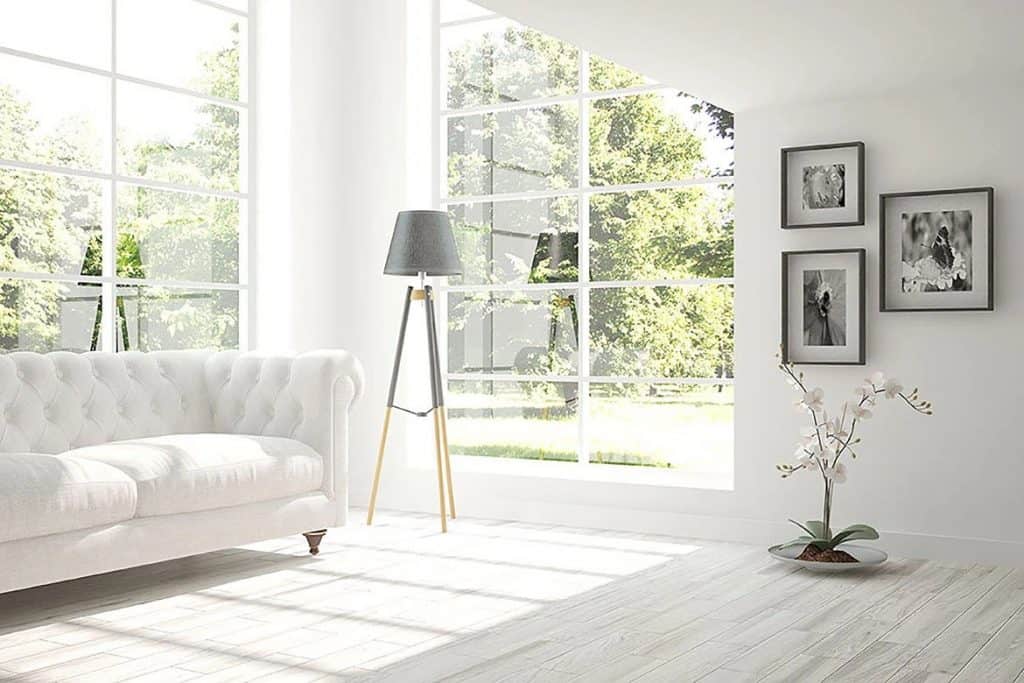You’ve decided to paint an interior wall. You’ve studied a range of swatches. You’ve selected the perfect colour. Job done? Most certainly not.
And that’s because you’ve forgotten a key factor when choosing the most flattering paint colour for your interior – the incredible ability of lighting to transform your number one choice into a not-so-perfect colour.
The effects of different lighting on paint colours can have a huge impact and it’s one you would rather discover when the swatch is still in your hand as opposed to when the paint is on the wall.
Without factoring some lighting into the equation, you may find that your ideal paint colour turns out to look nothing like the swatch or even what was inside the tin you dipped your brush into.
That’s because objects have no inherent colour, with what we see actually perceived through light reflecting off the surface of the object.
See that black object? It looks that way because all the light is being absorbed. The white one? All the light is equally reflected. As for anything in-between, it’s just a combination of red, green and blue lights being processed by our brains to see colour.
Now all that’s good in theory but what you most likely want to know is how to best approach different rooms in your home, office or business when it comes time to select different paints.
Fortunately, our Baxta paint experts have compiled the following tips to ensure you’re one step ahead when deciding the colour for you.
For rooms that are in direct sunlight all day, we suggest taking advantage of natural light by embracing bold and rich hues that will help brighten and lighten the environment.
As east-facing rooms will get exposure to direct sunlight in the morning, it’s best to stick with fresh and mild colours as they will help the room pop in the morning but stay calm in the afternoon.
At the opposite end of the scale, west-facing rooms will obviously receive their exposure to the sun in the afternoon, along with an evening glow.
This light can be so intense it cause shadows and that’s why we recommend sticking with pale and muted colours as they will minimise their impact. Then, with the evening light coming into play, the pale colours will have warmed up throughout the day.
As for rooms with no natural light, you can warm them up with bright colours and warm tones but you should be conscious of the effect artificial lighting will have.
For example, incandescents provide a yellowish glow that can really bring out brighter colours while muting blues and greens, whereas fluorescents can make bold and vivid colours feel flat and dull.
With so many factors at play, it can seem overwhelming but remember a Baxta expert is only a phone call away if you want further advice on how to best colour your world.



